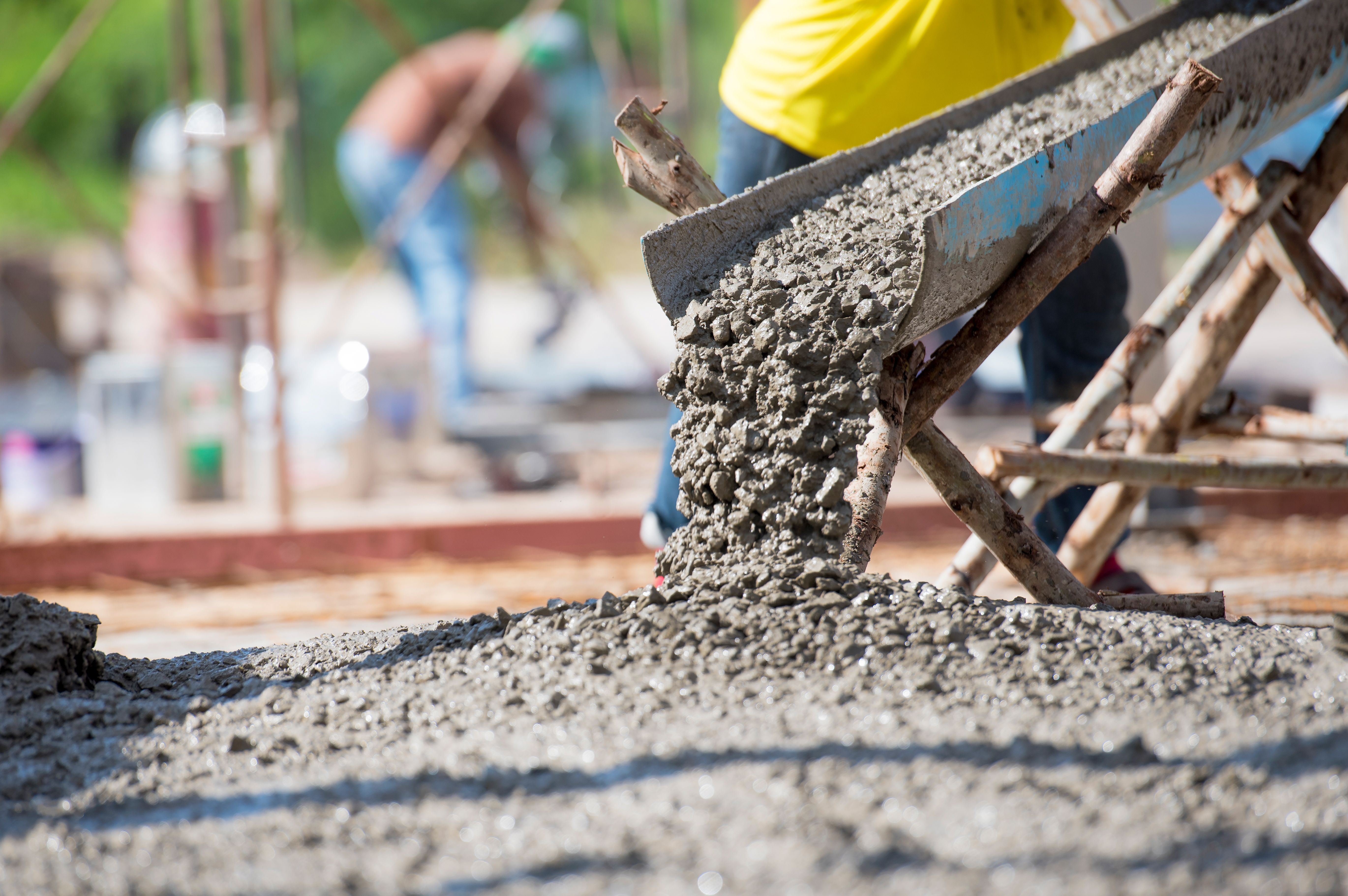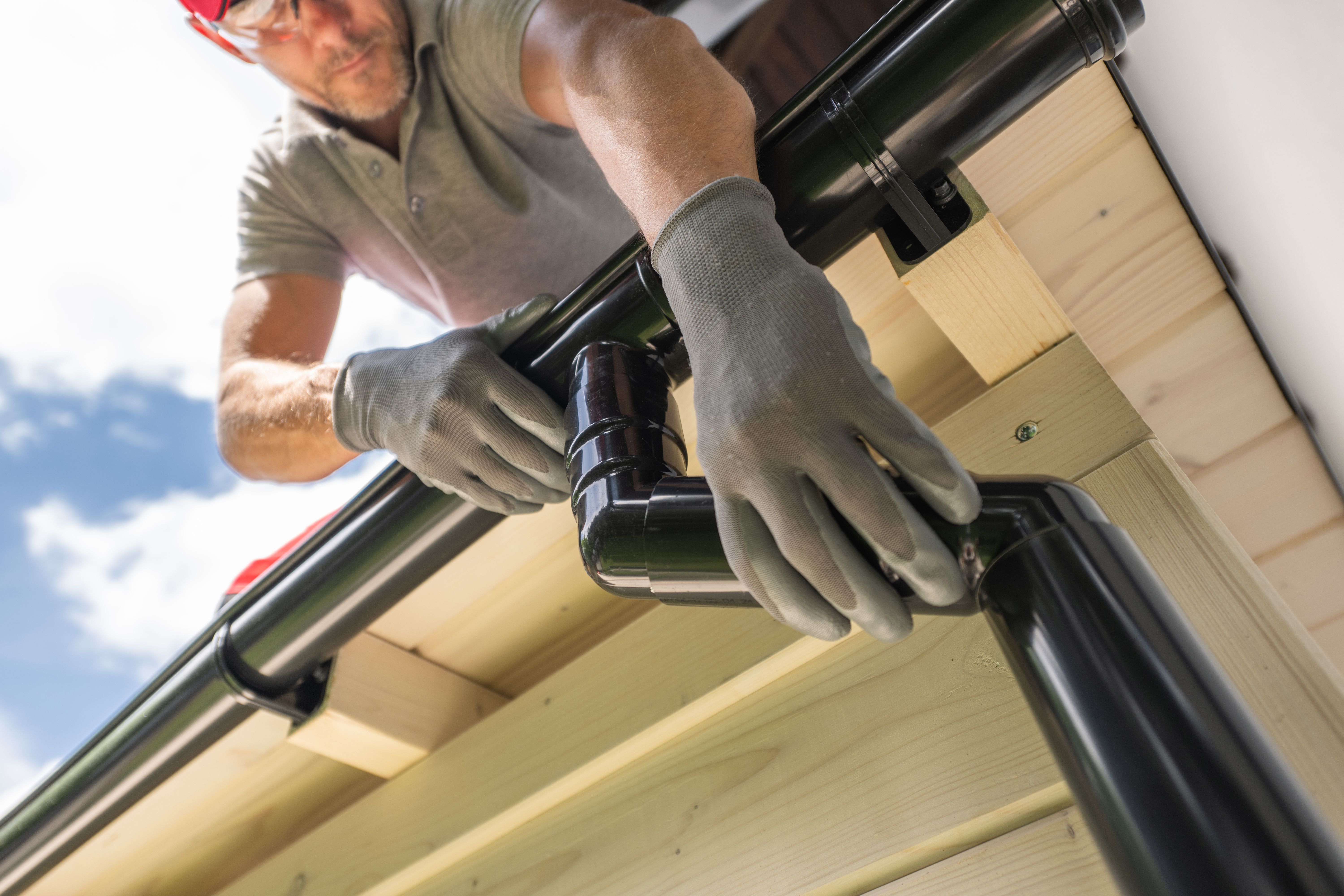Understanding Construction Markup: Roofing, Concrete, Siding, Windows, Gutters, and Drywall
Understanding Construction Markup
In the construction industry, markup is a crucial concept that plays a significant role in maintaining profitability. It refers to the percentage added to the cost of a project to cover expenses and generate profit. Understanding how markup works can help both contractors and clients navigate the complexities of construction projects, ensuring fair pricing and quality outcomes.

Roofing
Roofing projects often require a specific markup due to the unique challenges involved, such as safety concerns and material costs. Contractors usually factor in labor, materials, equipment rental, and overhead when calculating the markup. It's essential to remember that a higher markup might be necessary to account for unpredictable weather conditions that can delay work and increase costs.
The materials used in roofing, like shingles or metal panels, also significantly impact the markup. Higher-quality materials will naturally result in a higher upfront cost, but they often provide better durability and long-term savings. Homeowners should weigh these factors when deciding on their roofing options.
Concrete
Concrete work is another area where understanding markup is vital. The cost of raw materials such as cement, sand, and gravel can fluctuate significantly based on market conditions. Contractors typically include a markup to cover these variables, along with labor and equipment costs.

Additionally, the complexity of the concrete project—whether it's a simple driveway or an intricate foundation—can affect the markup. More complex tasks require skilled labor and precise execution, which justifies a higher markup to ensure quality results.
Siding
Siding projects involve selecting materials that not only enhance the aesthetic appeal of a building but also provide protection against the elements. Common siding materials include vinyl, wood, and fiber cement, each with its own cost considerations.
Contractors must calculate markup based on these material choices, labor required for installation, and any additional treatments or finishes. It's crucial for homeowners to understand these factors to make informed decisions about siding investments.

Windows
Windows are a critical component of any building, affecting both energy efficiency and comfort. The markup on window installation projects often covers the cost of high-quality glass and frames, which can vary widely in price.
Energy-efficient windows, while initially more expensive, can provide significant savings over time through reduced heating and cooling costs. Contractors may apply a higher markup on these products to reflect their long-term value.
Gutters
The installation of gutters is essential for effective water management around a property. The markup on gutter projects typically accounts for materials like aluminum or copper and the complexity of the installation process.
Properly installed gutters prevent water damage to roofs and foundations, making them a wise investment for homeowners. Understanding the markup can help clients appreciate the importance of investing in quality gutter systems.

Drywall
Drywall installation is a fundamental part of interior construction projects, affecting both aesthetics and functionality. The markup on drywall often includes the cost of sheets, joint compound, and labor for installation and finishing.
Factors such as room size, ceiling height, and architectural details can influence the complexity and cost of drywall projects. Contractors must consider these variables when determining an appropriate markup to ensure satisfactory results for clients.
